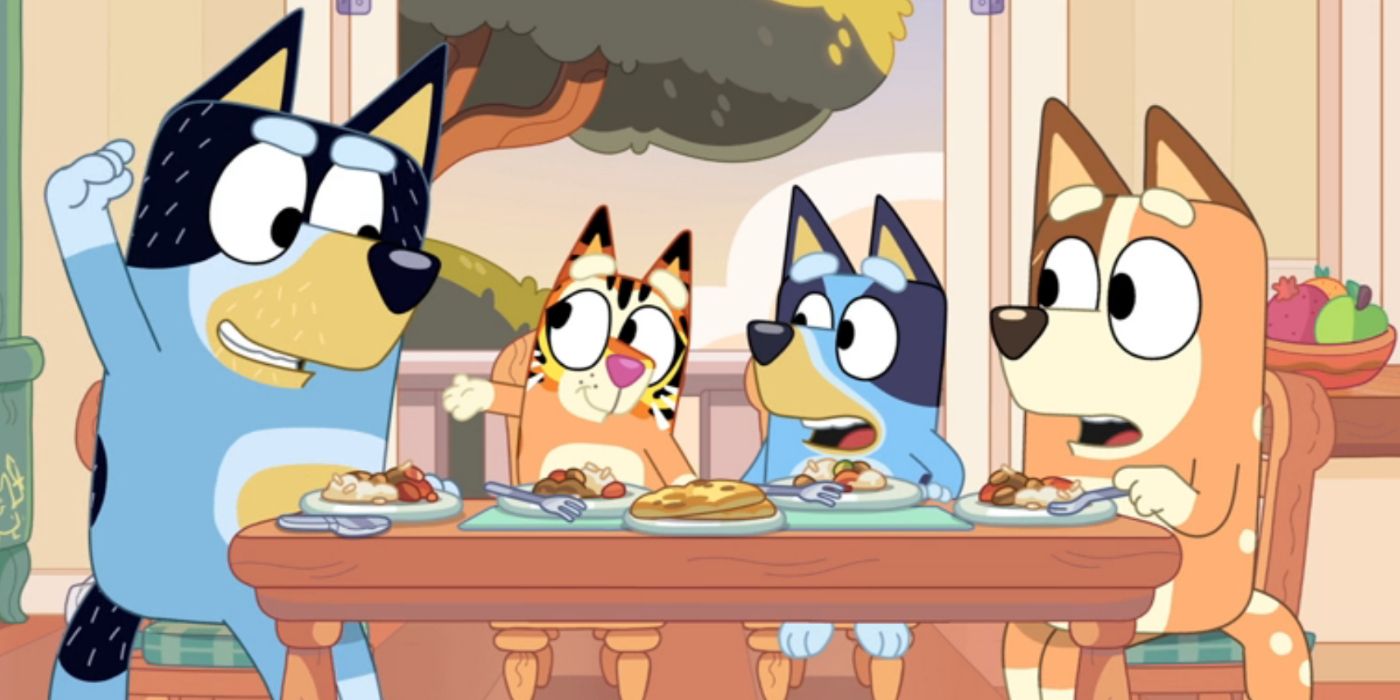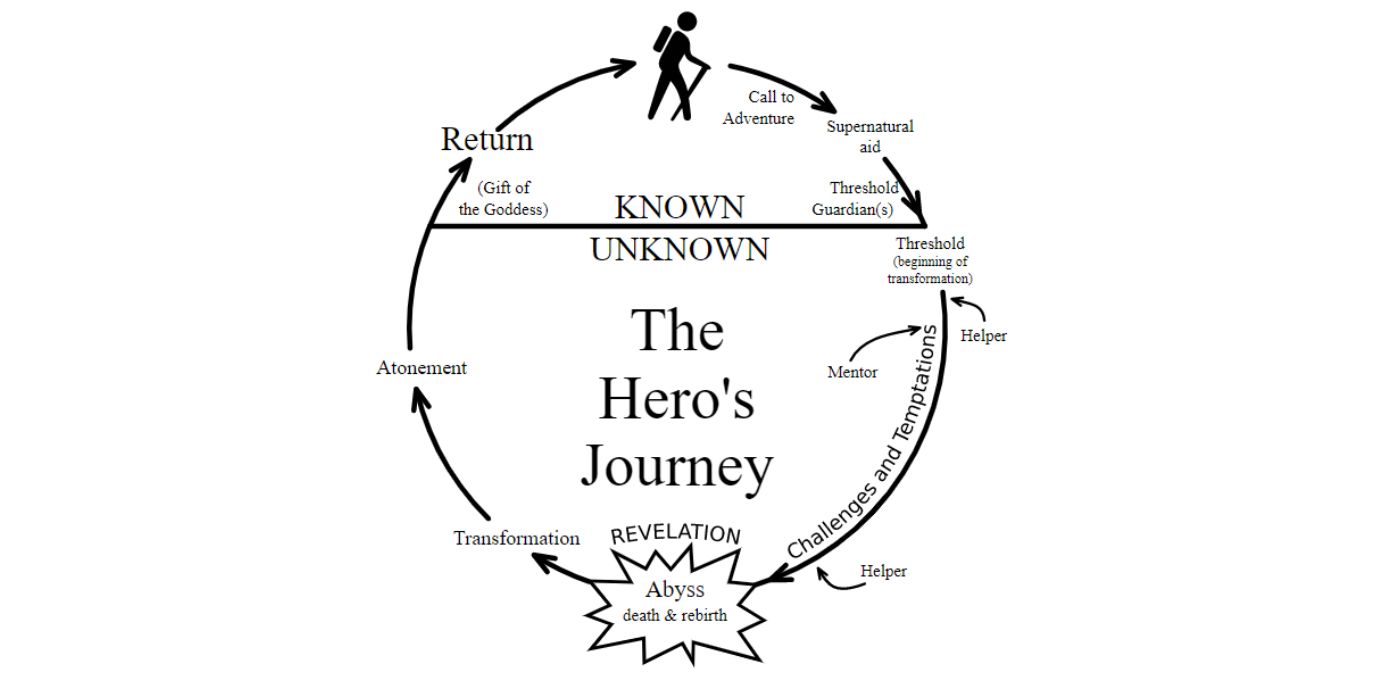Tropes are simultaneously loved and hated throughout media. Comforting to behold and thrilling to subvert, they nonetheless help to guide viewers through their experience, consistently giving the involved parties, from creator to character to viewer, unique blends or denials. Some tropes even span the entirety of genres, outlining storylines and defining how they generally work. One such trope, found most often in fantasy and sci-fi, is "The Hero's Journey."
This quest follows the hero through a cyclical series of steps from normal to a new normal, and authors from Neil Gaiman to Octavia E. Butler use it in their stories. Though The Hero's Journey is relatively simple, it helps to have an explainer. Interestingly enough, one of the best introductions to this fantasy trope comes not from a work of fantasy or science fiction, nor a scientific paper. Rather, the best teacher of this tale comes from the Australian children's show Bluey.
Bluey's third season follows the eponymous blue heeler's childhood antics, but the episode in question, "Curry Quest," focuses on her younger sister Bingo and their father Bandit. Bluey's mother, Chili, narrates the major turns of the hero's journey as Bingo and Bandit encounter them. Urged on by Bluey's curiosity as to what a quest is, Chili explains that the hero begins safe at home before the call to adventure comes in, kicking off the quest proper as Bandit enters to explain he will be swapping curry with a nearby friend, calling the hero to action and starting the narrative.
As Bingo grips the doorframe despite her father's insistence, Chili explains that heroes generally deny their adventure at first, the "refusal of the call." From there Bandit and Bingo encounter a friend and mentor, face challenges in the form of swooping season and encounter a helper before being faced with a major revelation: Bandit will be leaving for a six-week excursion, this journey's complication that is traditionally represented as directly opposite the comfort of the hero's home. The characters then undergo a transformation to hide from a magpie, coming to an understanding before Bandit returns home from his trip at the end.
This is an example of Bluey's wide appeal. Though young children will be entertained and enjoy the story in its broad strokes, the detail is for adults. The characters serve to give adult viewers a critical education here, allowing those who are unaware of The Hero's Journey to become familiar enough with it to find it in fiction from The Lord of the Rings to Star Wars. This education is for adults watching the show with their children, and the story accompanied by basic explanations of their relationship with the trope actually make this episode of Bluey a uniquely brilliant teaching tool.
Though Bluey is completely and unapologetically a children's show, it delves into the intricacies of adult entertainment regularly. "Curry Quest" is just one instance of its transcendental writing and story. This comes in addition to its uniquely brilliant Easter eggs and important messages on parenting. However, the unique relevance to fans of fiction, especially fantasy and sci-fi, makes "Curry Quest" stand out as essential watching for fans of fiction in general.
Bluey is currently available to stream on Disney+.



